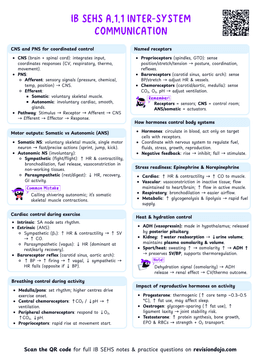Glycogenolysis and Lipolysis:
Glycogenolysis: Converting Stored Glycogen to Glucose
Glycogenolysis is your body's way of breaking down stored glycogen into glucose when energy is needed. Think of it as breaking open your energy piggy bank!
The Process of Glycogenolysis
- Trigger Mechanism
- Occurs when blood glucose levels drop
- Stimulated by hormones (primarily glucagon and epinephrine)
- Happens mainly in liver and muscle cells
- Chemical Breakdown
- Glycogen chains are broken down one glucose unit at a time
- Enzyme phosphorylase removes glucose molecules
- Glucose-1-phosphate is converted to glucose-6-phosphate
While liver cells can release glucose into the bloodstream, muscle cells can only use the glucose themselves.
Lipolysis: Breaking Down Fat Stores
Lipolysis is the breakdown of stored fat (triglycerides) into usable energy. It's like accessing your long-term savings account!
The Process of Lipolysis
- Trigger Mechanism
- Activated during extended exercise
- Stimulated by hormones (especially epinephrine and norepinephrine)
- Occurs in adipose tissue (fat cells)
- Chemical Breakdown
- Triglycerides split into:
- Three fatty acids
- Triglycerides split into:


